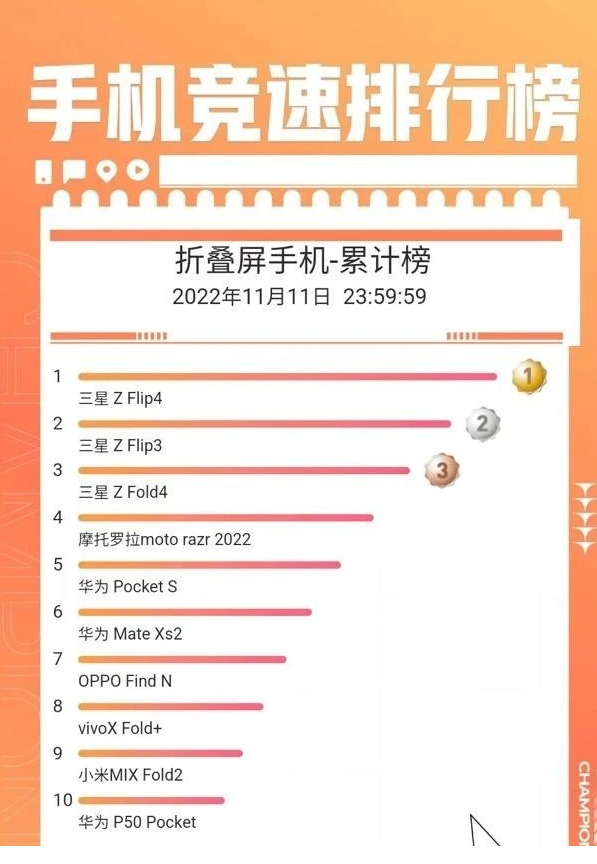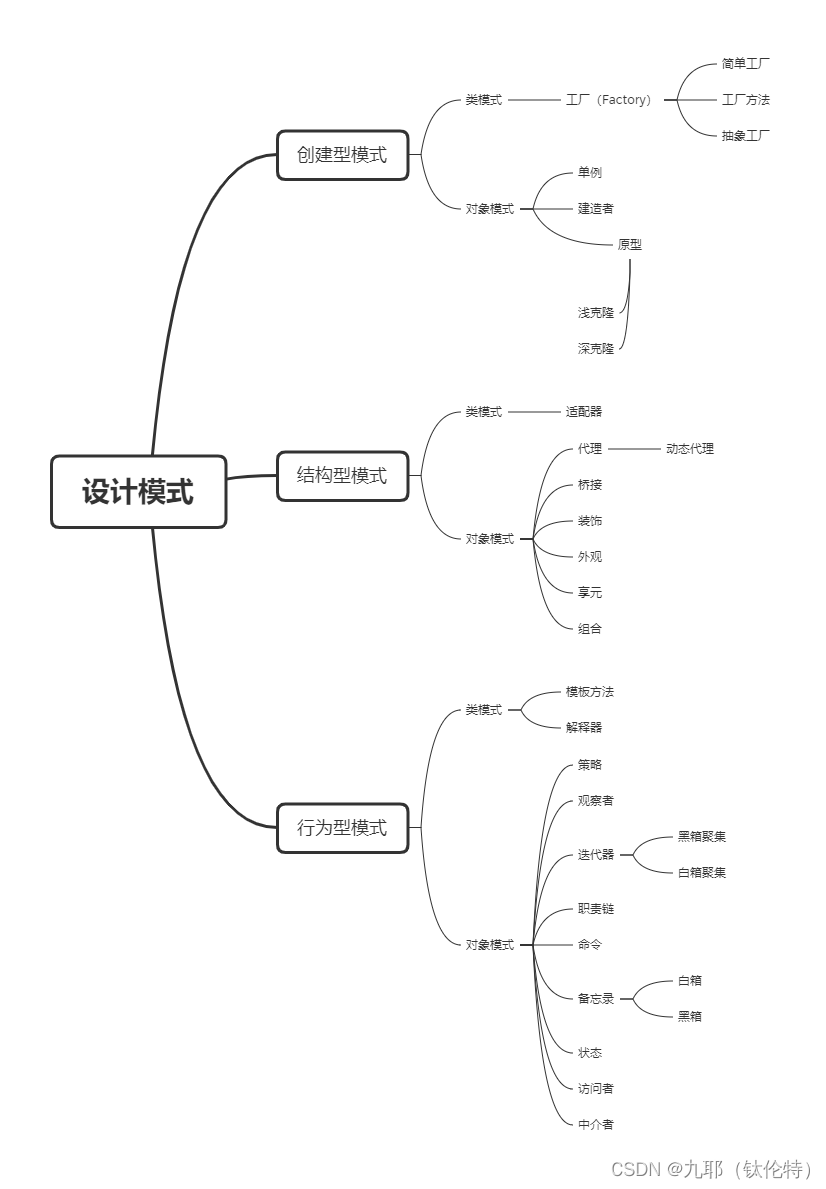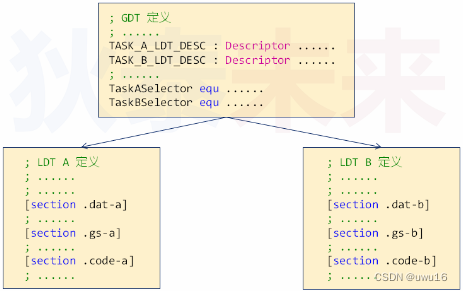定义于头文件 <algorithm>
算法库提供大量用途的函数(例如查找、排序、计数、操作),它们在元素范围上操作。注意范围定义为 [first, last) ,其中 last 指代要查询或修改的最后元素的后一个元素。
返回各给定值中的较大者
std::max| template< class T > | (1) | (C++14 前) |
| template< class T > | (C++14 起) | |
| template< class T, class Compare > | (2) | (C++14 前) |
| template< class T, class Compare > | (C++14 起) | |
| template< class T > | (3) | (C++11 起) (C++14 前) |
| template< class T > | (C++14 起) | |
| template< class T, class Compare > | (4) | (C++11 起) (C++14 前) |
| template< class T, class Compare > | (C++14 起) |
返回给定值中的较大者。
1-2) 返回 a 与 b 的较大者。
3-4) 返回 initializer_list ilist 中值的最大者。
(1,3) 版本用 operator< 比较元素, (2,4) 版本用给定的比较函数 comp 。
参数
| a, b | - | 要比较的值 |
| ilist | - | 拥有要比较的值的 initializer_list |
| cmp | - | 比较函数对象(即满足比较 (Compare) 要求的对象),若若 a 小于 b ,则返回 true 。 比较函数的签名应等价于如下: bool cmp(const Type1 &a, const Type2 &b); 虽然签名不必有 const & ,函数也不能修改传递给它的对象,而且必须接受(可为 const 的)类型 |
| 类型要求 | ||
- 为使用重载 (1,3) , T 必须满足可小于比较 (LessThanComparable) 的要求。 | ||
- 为使用重载 (3,4) , T 必须满足可复制构造 (CopyConstructible) 的要求。 | ||
返回值
1-2) a 与 b 的较大者。若它们等价,则返回 a 。
3-4) ilist 中的最大值。若有数个等价于最大者的值,则返回最左侧的这种值。
复杂度
1-2) 准确一次比较
3-4) 准确 ilist.size() - 1 次比较
可能的实现
版本一
template<class T>
const T& max(const T& a, const T& b)
{
return (a < b) ? b : a;
}版本二
template<class T, class Compare>
const T& max(const T& a, const T& b, Compare comp)
{
return (comp(a, b)) ? b : a;
}版本三
template< class T >
T max( std::initializer_list<T> ilist)
{
return *std::max_element(ilist.begin(), ilist.end());
}版本四
template< class T, class Compare >
T max( std::initializer_list<T> ilist, Compare comp )
{
return *std::max_element(ilist.begin(), ilist.end(), comp);
}注意
若参数之一是右值,且返回该参数,则以引用捕获 std::max 的结果会产生一个悬垂引用:
int n = 1;
const int& r = std::max(n-1, n+1);
// r 为悬垂调用示例
#include <iostream>
#include <algorithm>
#include <functional>
#include <vector>
#include <iterator>
#include <time.h>
using namespace std;
struct Cell
{
int x;
int y;
Cell &operator +=(const Cell &cell)
{
x += cell.x;
y += cell.y;
return *this;
}
bool operator <(const Cell &cell) const
{
if (x == cell.x)
{
return y < cell.y;
}
else
{
return x < cell.x;
}
}
};
std::ostream &operator<<(std::ostream &os, const Cell &cell)
{
os << "{" << cell.x << "," << cell.y << "}";
return os;
}
int main()
{
srand((unsigned)time(NULL));;
std::cout << std::boolalpha;
auto func1 = []()
{
int n = std::rand() % 10 + 100;
Cell cell{n, n};
return cell;
};
// 初始化cells1
vector<Cell> cells1(6);
std::generate(cells1.begin(), cells1.end(), func1);
// 打印cells1
std::copy(cells1.begin(), cells1.end(), std::ostream_iterator<Cell>(std::cout, " "));
std::cout << std::endl;
std::cout << std::endl;
// 获取队列中最大都元素
Cell tCell{0, 0};
for (const Cell &cell : cells1)
{
tCell = std::max(tCell, cell);
std::cout << tCell << " ";
}
std::cout << std::endl;
std::cout << std::endl;
std::cout << "max: " << tCell << std::endl;
std::cout << std::endl;
std::cout << std::endl;
auto larger = [](const Cell & a, const Cell & b)
{
if (a.x == b.x)
{
return a.y < b.y;
}
else
{
return a.x < b.x;
}
};
// 初始化cells2
vector<Cell> cells2(6);
std::generate(cells2.begin(), cells2.end(), func1);
// 打印cells2
std::copy(cells2.begin(), cells2.end(), std::ostream_iterator<Cell>(std::cout, " "));
std::cout << std::endl;
std::cout << std::endl;
// 获取队列中最大都元素
Cell tCell2 {0, 0};
for (const Cell &cell : cells2)
{
tCell2 = std::max(tCell2, cell, larger);
std::cout << tCell << " ";
}
std::cout << std::endl;
std::cout << std::endl;
std::cout << "max: " << tCell2 << std::endl;
std::cout << std::endl;
//返回 initializer_list ilist 中值的最大者。
Cell tCell3 = std::max({Cell{1, 2}, Cell{3, 4}, Cell{5, 6}, Cell{7, 8}});
std::cout << "initializer_list max: " << tCell3 << std::endl;
std::cout << std::endl;
Cell tCell4 = std::max({Cell{1, 2}, Cell{3, 4}, Cell{5, 6}, Cell{7, 8}}, larger);
std::cout << "initializer_list max: " << tCell4 << std::endl;
std::cout << std::endl;
return 0;
}
输出
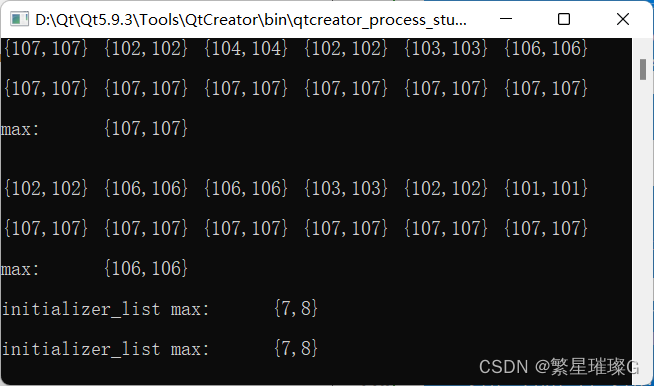

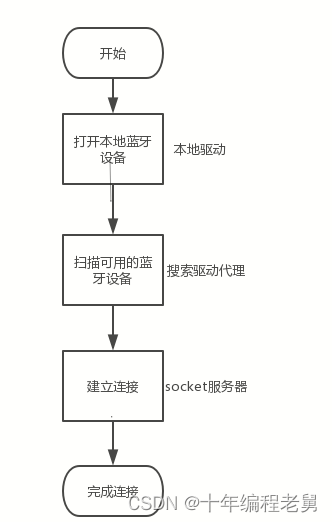
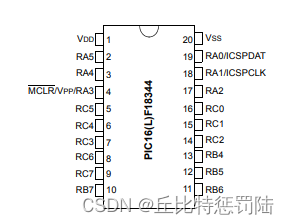

![[附源码]计算机毕业设计动漫电影网站Springboot程序](https://img-blog.csdnimg.cn/8a81c84706074b319fee1ea8b1119f99.png)




